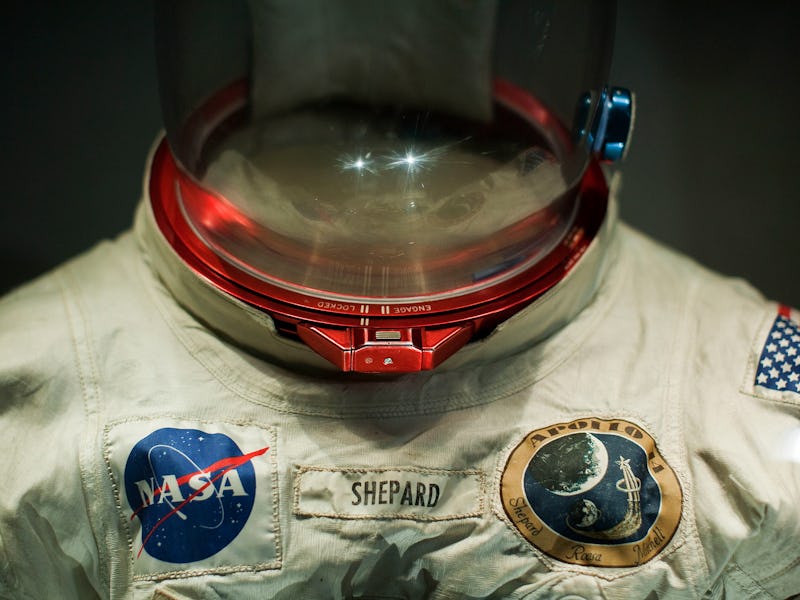Alan Shepard's Mercury Mission Is Carried on by Blue Origin 55 Years Later
On May 5, 1961, the U.S. put its first astronaut into space.

Neil Armstrong gets all the credit for being the first man to walk on the moon, but it was Alan Shepard who recorded an American man’s first steps in the space race with the Soviets when he became the original U.S. astronaut to reach space, 55 years ago today.
Shepard was aboard the Mercury spacecraft, which launched him to suborbital heights on May 5, 1961. At the time, the U.S. was just getting into the space race after Russia had already beat them to the punch twice: initially with the USSR’s Sputnik 1 (first satellite in space) in 1957 and again just months before the Mercury mission when Yuri Gagarin became the first human in space on April 12, 1961.
It was a monumental achievement that showed the U.S. was close to catching up with its rival just a few years after establishing NASA. Shepard would also go on to command the Apollo 14 mission to the moon in which he became the first astronaut to hit a golf ball on the lunar rock.
Former NASA astronaut Alan Shephard lines up a shot during a golfing event.
Shepard died in 1998, so it’s unlikely he was ever able to foresee just how far space technology would progress in the coming years.
Today these sorts of suborbital missions are being completed by Blue Origin, the space company run by Jeff Bezos, CEO and founder of Amazon. However, Blue Origin’s technology is more advanced than what NASA had in 1961. The company has successfully launched and landed a reusable rocket three times now and says its passenger cabin offers more than 10 times the room Shepard had for his mission.
Shepard’s launch was steeped in uncertainty and pressure knowing that the eyes of the world were upon him. But now, Blue Origin is hoping to one day open up its services for commercial use to allow any aspiring astronaut to experience the weightlessness of space.
View of Astronaut Alan Shepard inside the Freedom 7 capsule in preparation of the Mercury-Redstone 3 (MR-3) flight.
The company says it will court customers through a two-day experience in which they’ll be trained and shot off in the 60-foot tall reusable rocket flying at Mach 3 speeds before the passenger capsule detaches and travels just past the Karman line.
As cool as that experience may be (for what will surely be a steep price), it’s close to half the height Shepard flew on his first mission. Still, it’s a powerful statement and perspective on how far space travel has come in the 55 years since NASA’s first manned flight.